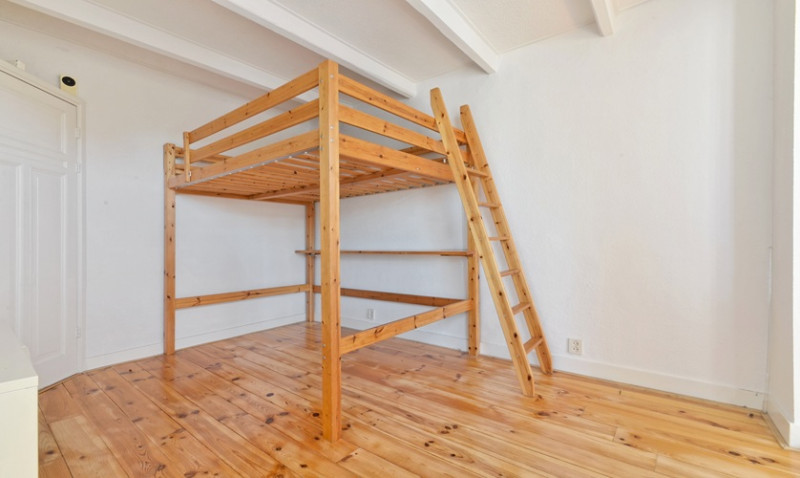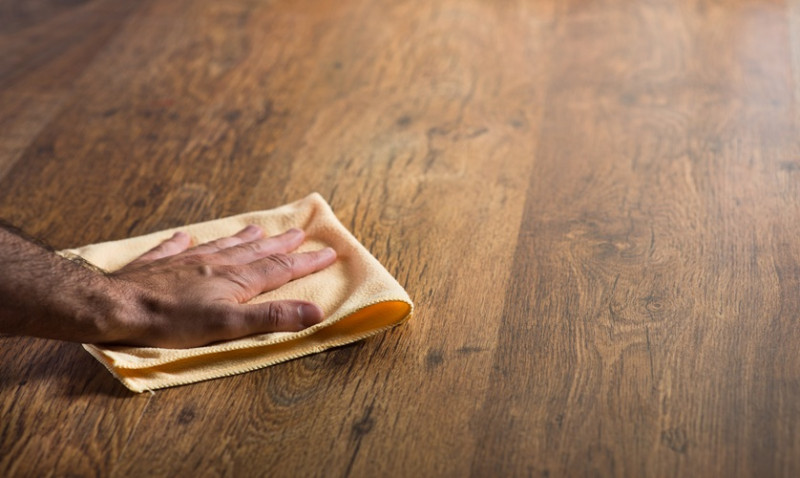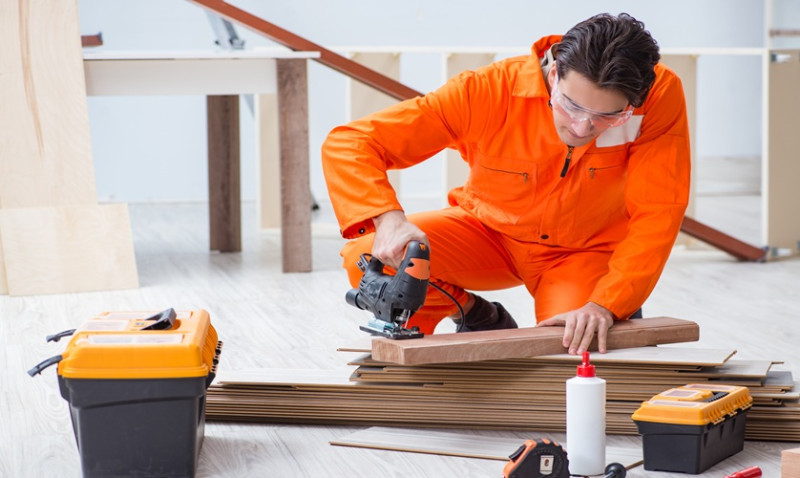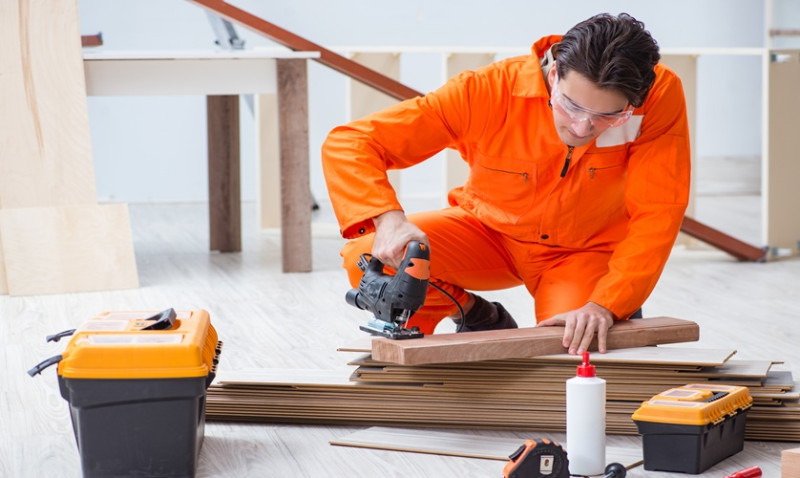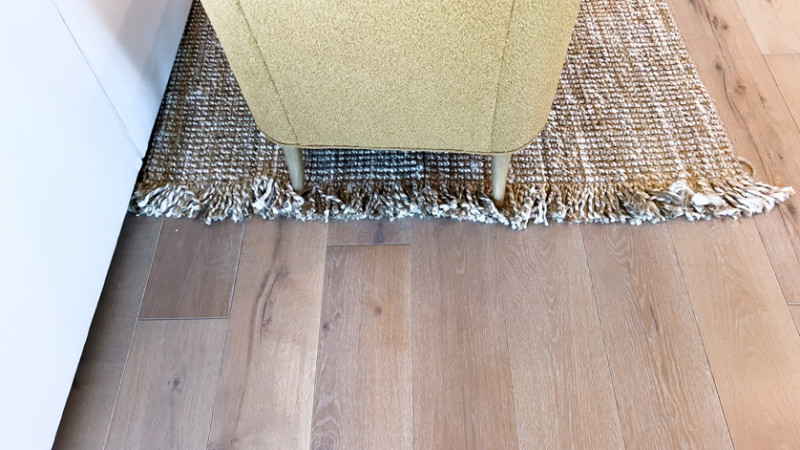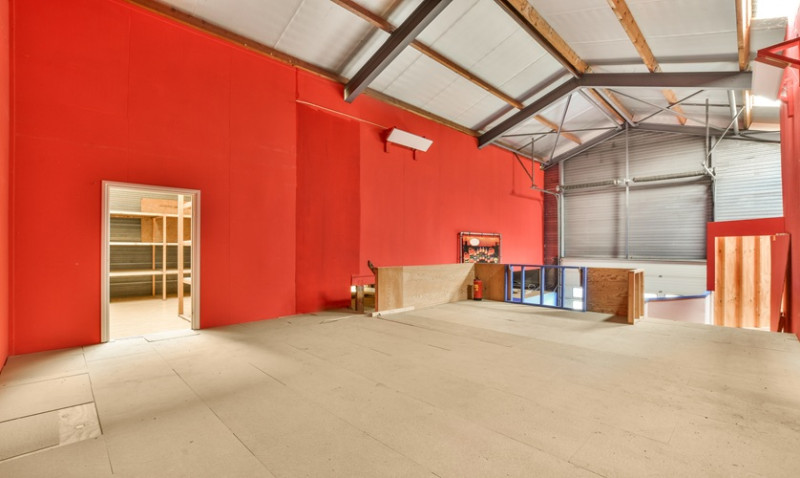
Hardwood floors are a timeless and elegant flooring choice cherished in homes across the United Kingdom. However, over the years, daily wear and tear, scratches, and fading can leave them looking tired and lacklustre. Whether you're a DIY enthusiast looking to breathe new life into your space, a design professional advising on restoration work, or a tradesperson seeking step-by-step guidance, refinishing hardwood floors can drastically transform your interior—if done correctly.
This guide walks you through every step of refinishing your hardwood flooring, helping you achieve that stunning, like-new finish without the high price tag of full replacement. With the right tools, preparation, and technique, you can restore the natural beauty of your floors and boost your home’s value.
Why Refinish Instead of Replace?
One of the main advantages of hardwood is its longevity. Solid wood floors can be sanded and refinished several times during their lifecycle, making them a far more sustainable and economical option than laminate or vinyl. Refinishing can remove surface damage, even out colour inconsistencies, and allow for a change in finish or stain.
Replacing hardwood floors, on the other hand, is a costly and messy process involving removing the entire floor and possibly subflooring. For most households, refinishing is a more affordable solution that offers equally impressive visual results and adds several more years of life to the existing floor.
If your floors are structurally sound—with no major warping, rot or deep gouges—then refinishing is usually all that’s needed to give them a fresh and luxurious appearance.
What You Need Before You Begin
Before you begin your refinishing project, it’s important to understand what you’ll need. Here's a checklist to guide your preparation process:
- Orbital or drum sander
- Edge sander or detail sander
- Heavy-duty vacuum cleaner
- Protective gear – dust mask, ear protection, eye protection
- Sandpaper in multiple grits (typically 36, 60, 80, and 120 grit)
- Wood stain (if desired)
- Wood filler or putty for minor cracks and holes
- Foam brush or lamb’s wool applicator
- Polyurethane or varnish finish
- Painters’ tape and plastic sheeting to protect walls and furniture
If you don't already own the sanding equipment, don’t worry—these are readily available for hire at most tool hire centres across the UK such as HSS Hire or Jewson.
Step-by-Step: How to Refinish Your Hardwood Floors
Now that you have your tools and supplies ready, let’s explore each step of the refinishing process. Patience and attention to detail are key here!
1. Empty and Clean the Room
Start by removing all furniture, rugs, baseboards, and fixtures from the room. Close any doors or vents to keep dust from travelling through the house, and cover light fixtures and sockets with plastic sheeting. Vacuum and mop the floor to remove all dirt and debris—it’s critical to begin with a clean surface.
2. Sand the Existing Finish
Sanding is the most labour-intensive part of the process but also the most important. Use the orbital or drum sander to remove the top layers of wood and the old varnish. Begin with coarse grit sandpaper (36 or 60) to strip back the finish and work your way up to finer grits (80 or 120) for a smooth surface.
You may need an edge sander for corners or areas the big machine can’t reach. Be sure to sand along the grain of the wood, and don’t stay in one spot too long to avoid unevenness. Vacuum thoroughly between each sanding pass to avoid scratches from leftover dust.
3. Fill Gaps and Imperfections
After sanding, inspect the floor for gaps, nail holes, or cracks. Use a wood filler that matches your floor colour to repair any imperfections. Apply with a putty knife, smooth the surface, and allow it to dry completely before lightly sanding again with fine grit sandpaper.
4. Clean the Floor Again
Once you’ve finished sanding and patching, do a thorough clean-up. Vacuum every corner and wipe the entire surface with a damp microfibre cloth or tack cloth to remove ultra-fine dust particles. This helps create a flawless finish at the next stage.
5. Apply Stain (Optional)
If you’re looking to change your floor’s colour or enhance the grain, now is the time to apply a wood stain. Dip your applicator in a well-stirred stain and apply evenly across the grain. Always test the stain in an inconspicuous area first. Allow it to dry completely according to the manufacturer's directions (typically 24 hours).
6. Apply the Finish
The final stage involves sealing your wood with a protective top coat such as polyurethane. Choose between water-based (quick-drying, low odour) and oil-based (more durable, richer colour) varnishes, depending on your needs.
Apply the finish with a lamb’s wool applicator or synthetic brush in thin, even strokes following the grain. Allow each coat to dry thoroughly (usually 4–6 hours for water-based, 8–24 hours for oil-based) before applying the next. We recommend at least two to three coats for a professional quality finish.
Drying and Curing Time
After the final coat, avoid walking on the floor for at least 24 hours, and ideally wait 3–5 days before replacing furniture or rugs. Full curing can take up to 7–14 days. During this time, avoid heavy traffic, water spillage, and dragging furniture across the surface.
Cost of Refinishing Hardwood Floors in the UK
The cost of refinishing will vary depending on whether you're DIY-ing or hiring professionals, as well as the total size and condition of your flooring. Here's a basic overview:
| Service | Estimated Cost (per m²) |
|---|---|
| DIY (tools + materials) | £10–£20 |
| Professional Floor Sanding (labour + finish) | £20–£35 |
| Optional: Stain Application | +£5–£10 |
While DIY can save money, it requires time, skill, and proper equipment. If your floor is large or particularly damaged, hiring professionals may ensure a more efficient and cleaner finish.
Tips for a Perfect Refinish
- Always sand evenly and use gradual grit progression.
- Take your time with preparation—it makes or breaks the final result.
- Ventilate the space to minimise inhalation of dust and fumes.
- Choose a finish that suits your lifestyle; satin or matte finishes hide scratches better than gloss.
- Maintain your floors with felt pads under furniture and regular cleaning.
Final Thoughts
Refinishing hardwood floors can be an immensely rewarding project that combines practical skill with visible, beautiful results. Whether you're updating a period property in London or refreshing a country cottage in Yorkshire, this process allows you to retain the originality and charm of your flooring while extending its life.
With a clear plan, the right equipment, and a touch of patience, you can achieve professional-looking results that bring warmth, value, and elegance to your home for years to come.
Ready to give your floors a new lease on life? Grab your sander and get started!
